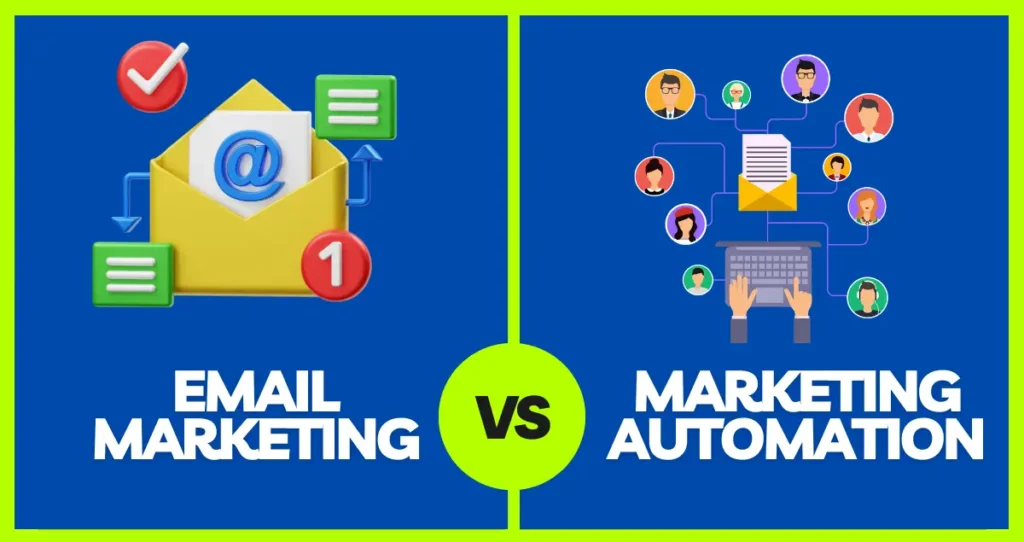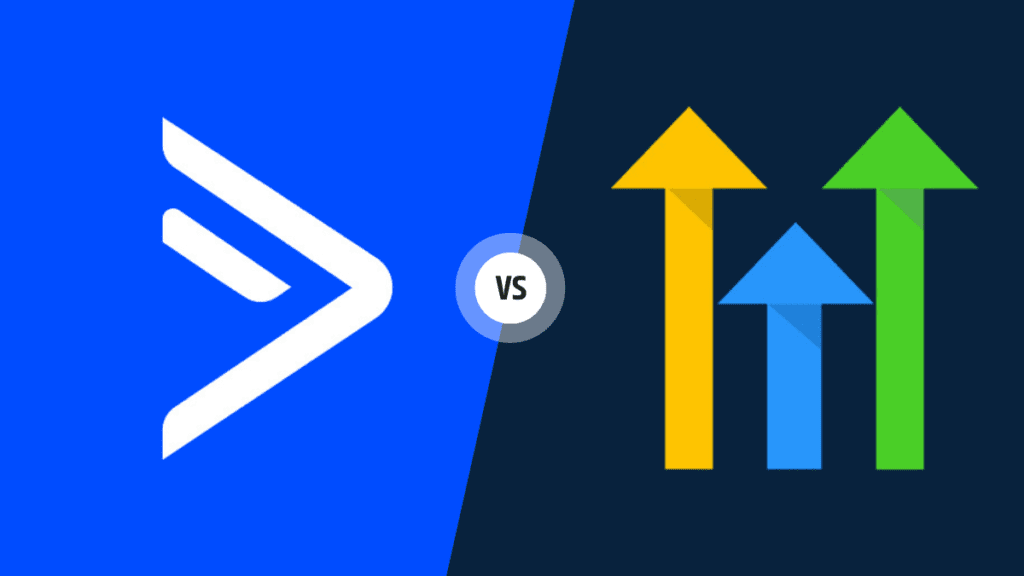Knowing how your business interacts with customers is beneficial to your success. Therefore, two key ideas are essential: the sales funnel and the customer journey. Even though these terms sound quite similar, they are used separately when developing your sales and marketing plan.
What Is a Sales Funnel?
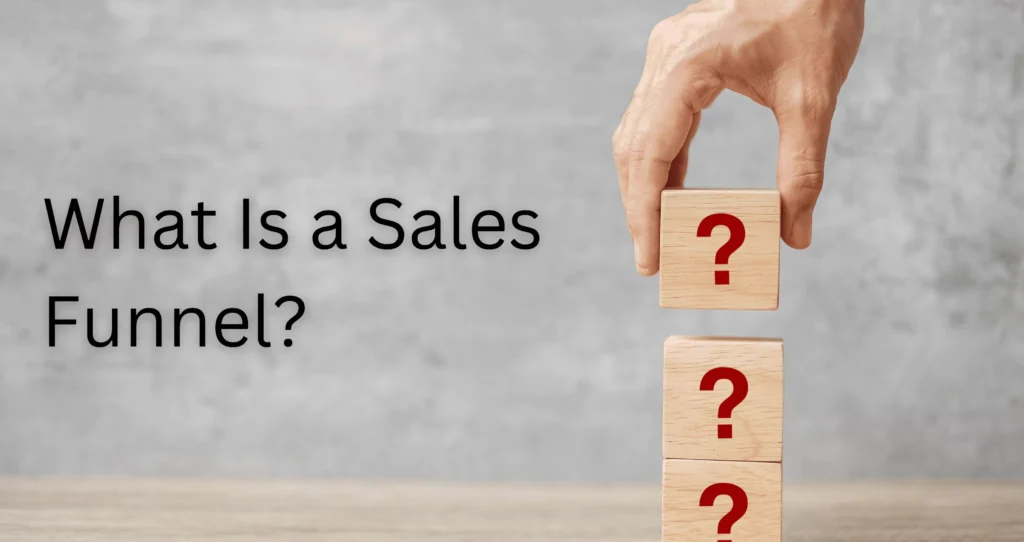
A sales funnel is the channel through which potential customers are turned into paying customers. It is a systemic mechanism composed of a series of consecutive stages that a business employs when leading prospective consumers.
The sales funnel consists of four primary stages:
· Awareness: Bringing in target market consumers to your place of business.
· Interest: Reach them with relevant information concerning your product or service.
· Decision: Supporting them in deciding about it and choosing your offering.
· Action: Creating effective stimuli for the last purchase decision.
The funnel progression becomes slim as more potential customers shift through those stages. However, it is essential to understand that not all patients reach the end of the process. Sales funnels are a tool businesses employ to follow, measure, and manage the buyer’s journey to purchase. The sales funnel analysis can improve general or overall revenues and optimize marketing strategies. It is an unalloyed method of ascertaining the efficiency of your marketing strategies. This process is all about achieving all the values for the money spent.
What Is a Customer Journey?
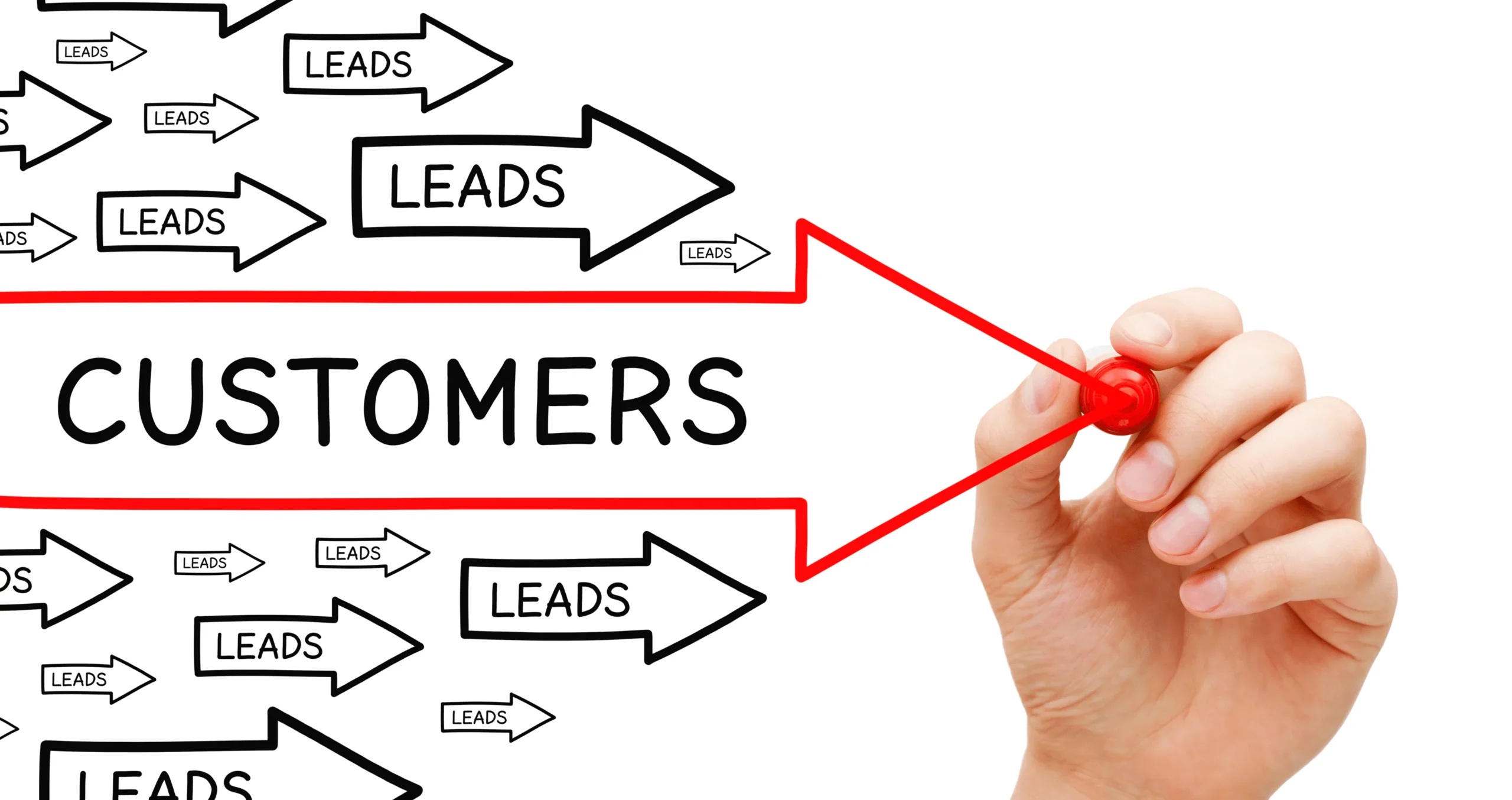
The customer journey reflects the whole process during which a customer engages with your business. It is different from a funnel that has a traditional and linear approach in terms of marketing strategy. This process involves awareness of a brand up to post-purchase communication with the buyer. These touchpoints could be over social media or even in passing with no title conferment. The customer journey makes it easier for businesses to engage customers emotionally. It is not just about driving a purchase. It is all about developing long-term partnerships wherein people build confidence in a certain kind of product or service. The journey shows how a customer feels during a particular process. It is concerned with making it as comfortable and as entertaining as possible. Organizations must consider the consumer’s rational and emotional buying processes at every step.
Sales funnel vs customer journey: what sets them apart?
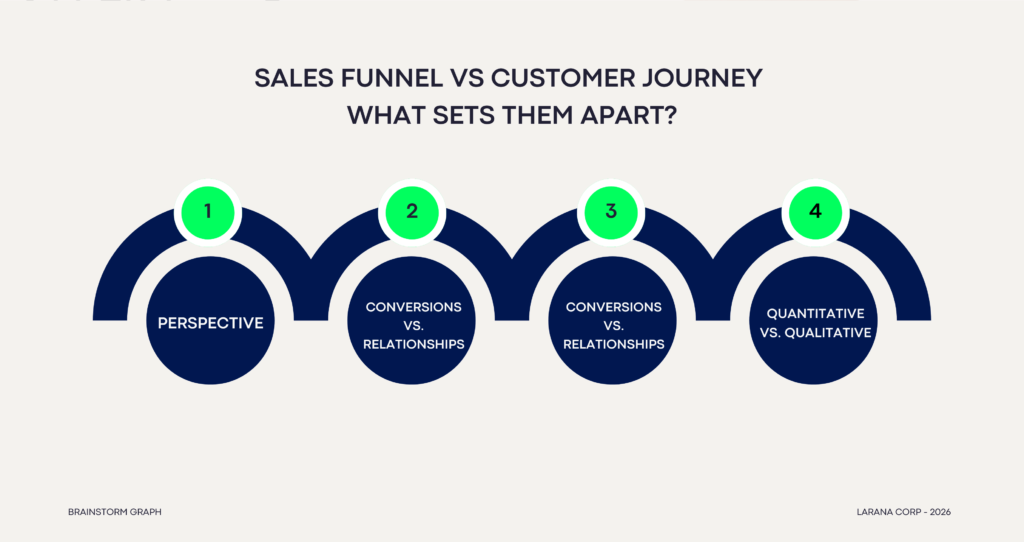
1. Perspective:
A less effective approach to organizing the marketing funnel is funnel-centrism, while a more practical approach is customer-centrism. A sales funnel focuses on the business’s goal: conversions. It is designed to offer a systematic approach to leading prospects to the point of buying. On the other hand, the customer journey is more focused on the customer’s side. It deals with them and their requirement, ordeal, and feelings. The sales funnel depicts your plans, while the customer journey depicts experiences in buying your products. Both types of perspectives are relevant. However, they are not the same or interchangeable.
2. Process: Linear vs. Dynamic
The concept of sales funnels is enigmatic, and they follow the simplest linear model. Customers are either progressive or disengaged at each purchasing process stage. Customer journeys are multiple and not always linear. Such communication exchanges are usually carried out many times across different channels. For instance, a client browses through your site, reviews some products, and returns after weeks to buy something. This freedom contributes to the journey being personal and different for everyone.
3. Purpose: Conversions vs. Relationships
The main aim of a sales funnel is to generate customers from leads. This is a mechanism of getting more people to spend more in the shortest time possible. The customer journey, therefore, emphasizes building long-term relationships with the customer. It focuses on the long-term relationship between the business and the customer. While the funnel reaches an instant outcome, the journey guarantees a long-term outcome. Combined, they form what is best described as an oligarchic equilibrium of accomplishment in the business world.
4. Metrics: Quantitative vs. Qualitative
We strongly emphasize measurability and performance in terms of clearly defined sales funnels. These are conversion rates, leads generated, and overall sales achievements. Customer journeys are assessed by using qualitative data. This could be customer feedback, satisfaction indices, or even the level of brand persona. Understanding both measurement forms enables honing the mechanisms and providing value at each step.
How These Two Concepts Are Important for Business to Thrive

For an organization to compete well in today’s market, the organization needs to know both the sales funnel and the customer journey. Nonetheless, these concepts are inseparable since the two approaches are integrated into one system. A good sales funnel helps you guarantee that the initiatives you undertake in your marketing department result in something tangible. On the other hand, knowing the customer experience map leads to real customer engagement. Using both approaches facilitates a great overall experience for the customer. When your customers leave your business with a sense of satisfaction, they will come again and even bring others.
For instance, applying CRM integration will allow you to monitor sales statistics and communications history. This is evident since the targeted dual approach will help refine distinct marketing levels while at the same time improving satisfaction. Merging the two strategies ensures you address the dynamic expectations of the customers. Marketers keen on minor conversion rates will see significant benefits overall when businesses focus on nurturing customer relationships.
About Rozi Academy
At Rozi Academy, we appreciate the need to balance the sales funnel and customer journey perfectly. Our services are devoted to supporting the company’s functioning logistics and targeting its audience.
We provide virtual assistants skilled in the following:
· CRM is used to monitor customers’ interactions.
· Content strategy for search engine optimization or social media marketing to increase people’s awareness and activity.
· Use of social media for relationship marketing to foster loyalty.
· One needs to undertake cold calling and lead generation to increase the sales funnel.
When working with our team, you do not have to worry about the details – focus on what is essential to your business. When attaining business objectives, we strive to achieve these goals progressively and healthily.
For more information on our services, visit the Rozi Academy website to see how can we enhance your strategies.
Conclusion
To harness growth for the business, it is crucial to fully grasp the distinction between a sales funnel and a customer journey. The sales funnel focuses on the act of selling, whereas the customer’s journey, more often than not, involves establishing trust. Thus, your audience can have an incredible experience if you master both. That way, not only do you increase your sales, but you also work to improve the reputation of the brand you are promoting.
Are you prepared to do more in your sales approach? Let Rozi Academy assist you in getting what you want. Get started today!
